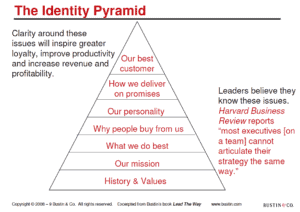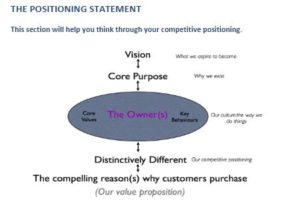In times of rising costs, uncertain market conditions, and labour constraints, the role of a Fractional CFO (Chief Financial Officer) in SMEs has never been more critical. CFOs are instrumental in guiding businesses. They work alongside the internal finance teams and external accountants to shield risks, while identifying growth opportunities. Here’s how a CFO’s expertise can be a game-changer for your business.
-
Strategic Planning
Strategic planning provides clarity and confidence in navigating economic volatility. CFOs, with their in-depth understanding of the financial landscape, steer this process, aligning financial goals with broader business strategies. This involves:
- Scenario Planning: The challenges presented by the COVID pandemic is a great example of the need for effective planning. At The CFO Centre our fractional CFOs successfully prepared best and worst-case scenarios which helped our clients navigate the uncertainty created around customers, supply chain, labour, and cashflow issues. Economic uncertainty continues, as does the need for scenario planning.
- Cash Flow Management: CFOs ensure that businesses maintain adequate liquidity, implementing strategies like optimising working capital and exploring flexible financing options. Refer to our blog “Successful Cash Flow Management: A Comprehensive Guide”
- Cost Management: Fresh eyes combined with year of experience, allows CFOs to identify areas where efficiencies can be improved, ensuring resources are allocated to high-return initiatives. Quite often it is the sum of small improvements that add up to make a material impact on the business’ bottom line.
-
Financial Oversight & Risk Management
The CFO’s role is vital in ensuring that the business’s financials are continuously monitored and managed. This encompasses:
- Budgeting and Forecasting: Regularly updated and accurate budgets and forecasts provide a roadmap for financial decision-making. Refer to our blog “The Power of Budgeting”
- Reporting and Performance Analysis: CFOs have the expertise to analyse financial data to uncover insights into the company’s performance, identifying trends that may impact future growth or stability. At The CFO Centre we have unlocked the power of financial analysis for countless clients, including the insights that come from gross margin analysis by product / service stream.
- Risk Management and Compliance: CFOs oversee compliance, mitigating financial and reputational risks. This often involves working alongside other professionals such as tax accountants, lawyers, insurance brokers, and financiers to ensure a co-ordinated and comprehensive approach for the client.
-
Opportunity Identification
Economic and/or market uncertainty often brings not just challenges but opportunities. A strategic CFO can guide SMEs to:
- Invest in Growth Areas: By identifying emerging trends, backed by data.
- Innovate and Diversify: Encouraging innovation and exploring new markets or products, backed by market research.
- Strategic Acquisitions: CFOs play a key role in identifying and evaluating strategic acquisition opportunities, including financial due diligence.
Conclusion
The role of a fractional CFO in navigating economic uncertainty is multifaceted, combining strategic foresight with practical, hands-on financial management. CFOs can guide SMEs through the differing stages of their journey, ensuring not just survival but a thriving business.
At The CFO Centre, we provide highly experienced, commercial CFOs on a part-time or “fractional” basis for SMEs looking for expert guidance with respect to strategic financial management. If you’re seeking help to steer your business, whether that be to improve its financial performance, to grow, or to ready itself for investment or an exit , then reach out to us – 1300 447 740 or [email protected]










